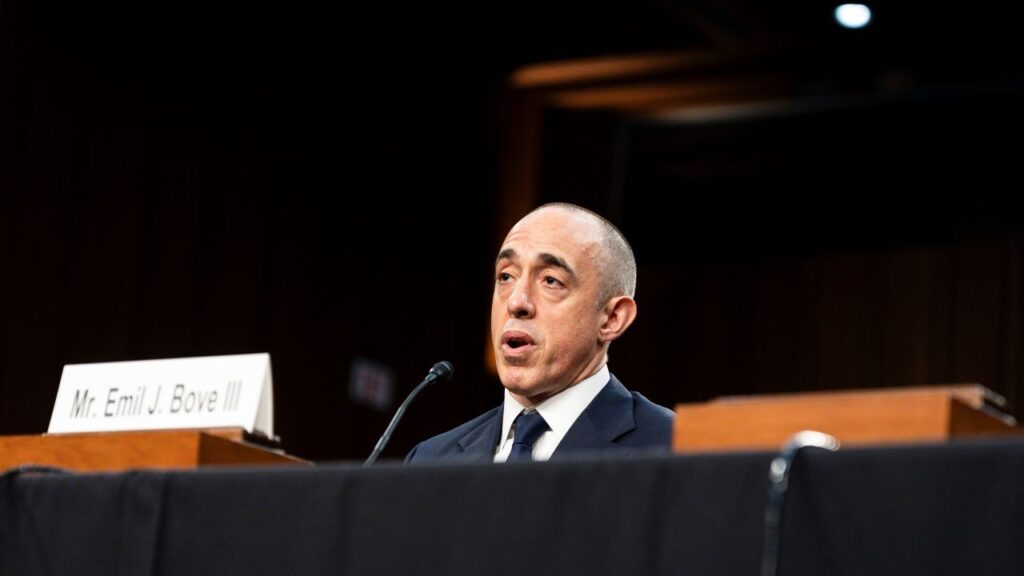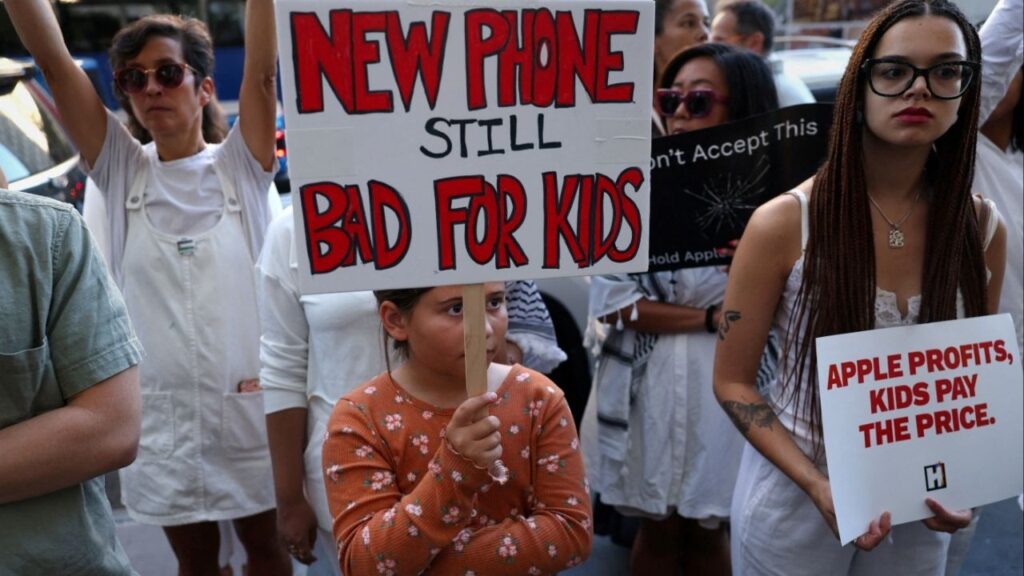Share
|
Getting your Trinity Audio player ready...
|
There’s a catchphrase among educators that students must first learn to read, then read to learn. In their first few years of schooling, students are supposed to be acquiring the literacy skills they will need to comprehend their lessons and be successful academically throughout their school careers.

California’s literacy efforts remain focused on having students read at grade level by the third grade.
Fresno Unified Superintendent Bob Nelson says that’s not soon enough.
“I do think this adherence to third-grade reading is a little bit of an albatross,” Nelson told GV Wire in an interview last month. “Because, honestly, I think if you wait for third grade, you’re in deep trouble.”
Fresno Unified is preparing to launch a literacy initiative with a goal to have students reading at grade level by the first grade.
Staffers will present to the board at a workshop Thursday afternoon an overview of the work so far by the district’s Literacy Planning team,. According to a recent board communication, they have been gathering research, state education guidance documents, and books on literacy. They also attended the first Reading League Summit held last month in Las Vegas, and developed a framework timeline.
Task Force Membership
According to the agenda report for the board workshop, educational partners on the task force will include “community members, teachers, leaders, parents, and instructional assistants.” Their mission will be to draw up a plan focusing on three areas: preschool through second-grade instruction, “high-quality supports” outside the classroom, and family-community partnerships.
A recent board communication does not name the members of the Literacy Planning Team but says they are “experts in the teaching field, site leadership, and nonprofit work supporting education with an average educational experience of twenty years each.”
District spokeswoman Nikki Henry said Tuesday she was unable to immediately provide information about who is serving on the Literacy Planning Team and the Task Force.
On Wednesday, Henry said by email that the planning team involves the leaders of multiple departments: Early Learning, Special Education, Teacher Development, African American Academic Acceleration, English Learner Services, School Leadership, and Curriculum, Instruction, and Professional Learning.
The planning team will support the Literacy Task Force as well as “educational partner feedback groups,” she said.
The Literacy Task Force, which will conduct three sessions and is by invitation only, will be no more than 60 participants who will help set goals, establish metrics for measuring literacy, and define actions, Henry said. “There will be regional representation by teachers, leaders, instructional assistants, families, and community members,” she said. “Teachers represent preschool through grade 2, which will be the focus of the plan for the 2023-2024 launch.”
The task force membership apparently does not include the district’s teachers union. Fresno Teachers Association Manuel Bonilla said Tuesday that the district hasn’t invited the union to participate in the task force, and he’s unaware of how the district’s literacy plan will be structured.
“I would hope we could co-design a model of literacy instruction that is meaningful both to our students and our educators,” he said. “I’m looking forward to the process as long as it’s authentically collaborative.”
Bonilla said he expects to raise a number of questions at Thursday’s workshop, which is scheduled to start at 5 p.m. and will be held in the boardroom of the Education Center in downtown Fresno at M and Tulare streets.
Academic Troubles
The literacy initiative is the latest effort to combat Fresno Unified’s long history of academic underachievement. Across a variety of assessments, the district lags behind not only the state average but also urban school districts nationwide.
In the 2022 Smarter Balanced Assessments, the state’s annual standardized tests in reading and math for students in grades 3 through 8 and grade 11, only 27% of the district’s third-graders met or exceeded standards in English language arts. Districtwide, only 32% of students met or exceeded standards in reading.
Fresno Unified’s focus on literacy comes amid a statewide campaign to expand literacy programs and improve students’ reading skills. Last month State Superintendent of Public Instruction Tony Thurmond announced the appointment of literacy educators Nancy Brynelson and Dr. Bonnie Garcia as the new co-directors for statewide literacy who will be responsible for establishing and leading a plan for districts to help students learn to read by third grade.
The state Department of Education is overseeing several student literacy programs, including a $250 million grant program to help districts recruit more reading coaches and specialists.
Interventions Make a Difference
Schools in California where students’ literacy has improved significantly have relied on reading coaches and specialists to augment classroom teachers and to provide interventions for struggling students, including one-on-one sessions.
A Los Angeles Unified program, Primary Promise, has been credited with boosting reading levels among the students in the state’s biggest school district. The program began in 2020 by focusing on 2,500 high-needs first-graders, including English learners, foster and homeless youth, and was expanded in subsequent years.
Nelson foresees a similar effort for Fresno Unified.
“Last year we had 536 kindergartners who didn’t meet what we would consider to be the baseline expectations for the beginning of first grade. And so I want those kids involved in intervention even while they’re going to school in first grade so that they’re getting one-on-one intervention,” he said. ” … You can’t just send (those) who left kindergarten without these requisite skills and be like, ‘Oh God, I hope you really thrive.’ That’s not going to work, right?”
Some options could include pre-service student-teachers hired through Ampact’s Early Learning Corps and Reading Corps, he said.
Nelson said he also has had conversations with local post-secondary leaders about the potential for high schoolers who are considering teaching careers to take dual enrollment classes that would give them college credit and/or pay a stipend while they do one-on-one literacy interventions with younger students.
Developing a Plan
According to the staff report for the workshop agenda, the planning team is using the California Comprehensive State Literacy Plan as a guidance document and is reviewing research by the California Department of Education, the California Commission on Teacher Credentialing, and “leading researchers.” The district’s literacy plan will include:
- Developing a comprehensive program that builds on oral and written language, with components of listening, speaking, reading, and writing.
- Spending adequate instructional time in early years developing the foundation for literacy from learning phonics, letter-sound knowledge, and “phonological awareness,” or the sound structure of words.
- Designating English language development for English learners.
- Providing support for all learners including students with disabilities.
If the district’s literacy initiative is to be successful, it will mean the involvement of the entire community, and not just classroom teachers, parents, and the task force members, Nelson said.
“Can we help our community realize really there’s nothing more important?” he said. “Can we just agree, reading is the fundamental for everything? It is the No. 1 way to thrive in our society and as people.”
RELATED TOPICS:
Categories

Fresno Train-Vehicle Collision Causes Traffic Disruptions

US Dollar Tumbles After Fed Cuts Rates, Powell Comments

















